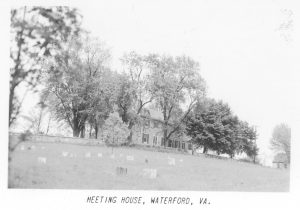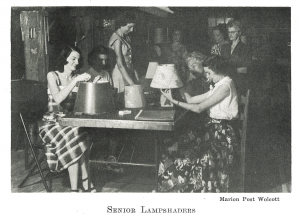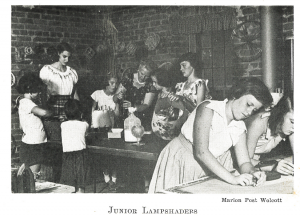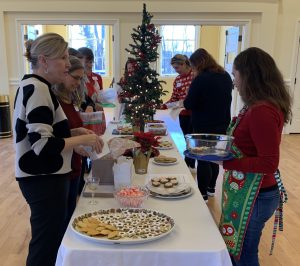
In January 2020, Development Committee members Liz Hohm and Kathleen Hughes launched a new initiative called Women For Waterford. Bringing women with a passion for Waterford together in a giving circle, Women For Waterford supports the Waterford Foundation’s preservation and education mission through direct donations from giving circle members. Once per year and as a group, they provide input to the Waterford Foundation Board on how to allocate the funds they have raised. Throughout the year, members of the group volunteer to plan and host gatherings that feature local businesses, Waterford history, and other topics while providing opportunities for networking and outreach to new members.
While the Covid-19 pandemic initially put a damper on gatherings shortly after the launch of Women For Waterford, regular gatherings resumed when it was safe to do so and the group has held many gatherings since. In 2021, the group grew to 29 members, raising a total of $12,889.16! The group recommended allocating the funds towards the donation of a new preservation easement on the Foundation’s Bond Street Tanyard property. The Waterford Foundation Board of Director’s happily approved funding for this important preservation project in the organization’s 2022 budget.
Our staff and volunteers are now beginning to take steps to donate a preservation easement on the Bond Street property in 2022, which will protect its historic resources and prevent any inappropriate development of the property in perpetuity. Many thanks to the Women For Waterford for their commitment to the preservation of the Waterford National Historic Landmark!
Since the group’s inception, the Women For Waterford have also been strong supporters of the Waterford Foundation during the annual Give Choose online giving campaign operated by the Community Foundation for Loudoun and Northern Fauquier Counties. In 2022, Give Choose will be held on March 29th. Learn more about this local day for online giving at www.givechoose.org.
Learn more about the Women For Waterford giving circle at www.womenforwaterford.com
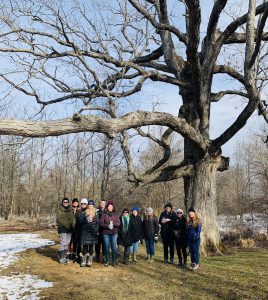
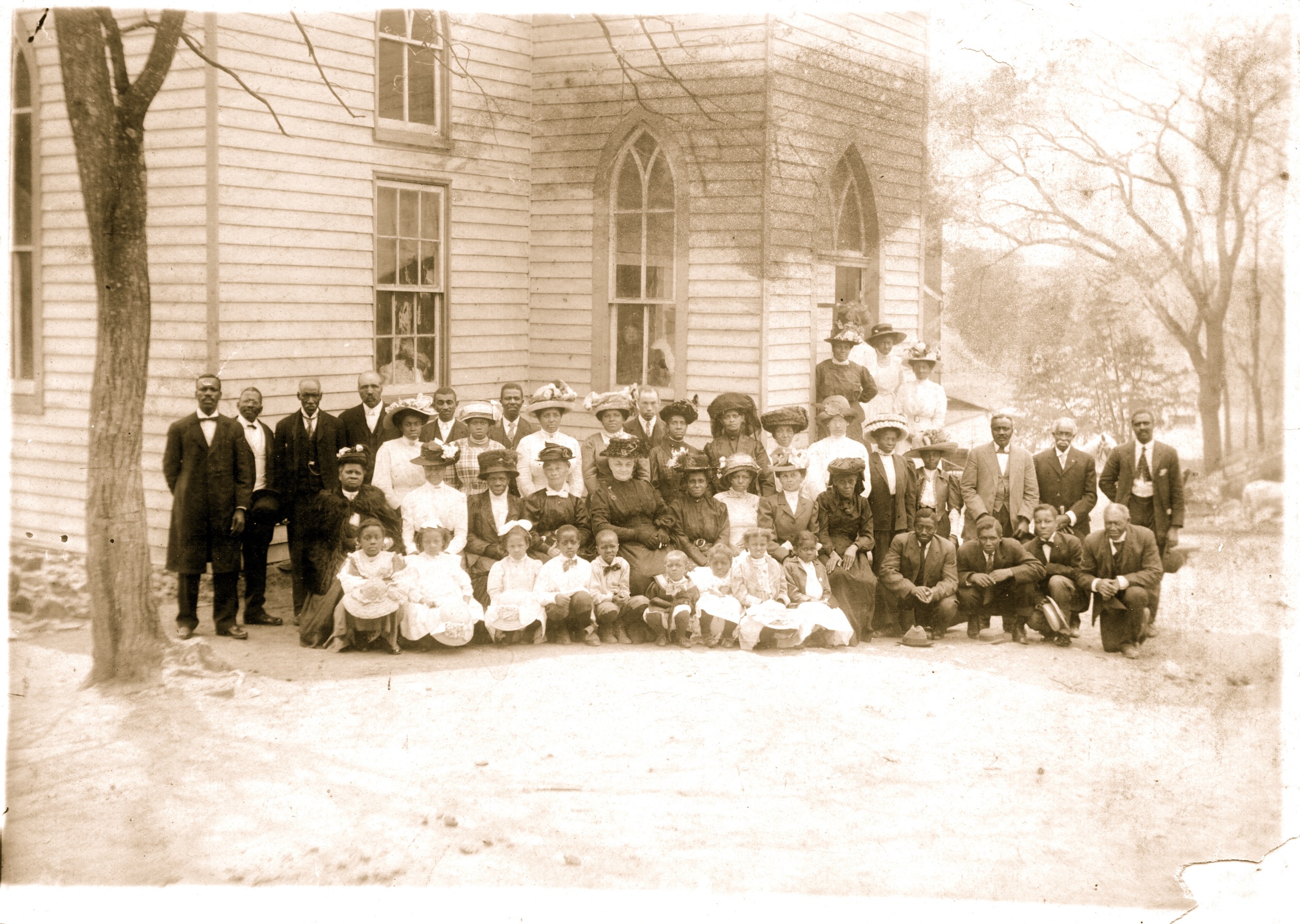
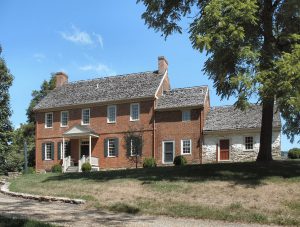
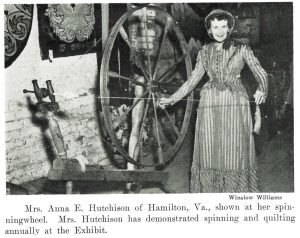 I remember the first “Fair” quite well. I was nine years old, my parents were two of the original Board and was so excited to go to the school auditorium and see all the things our friends and neighbors had created.
I remember the first “Fair” quite well. I was nine years old, my parents were two of the original Board and was so excited to go to the school auditorium and see all the things our friends and neighbors had created.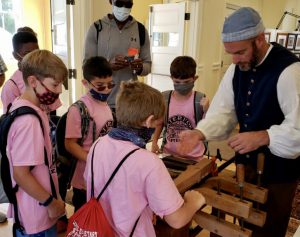
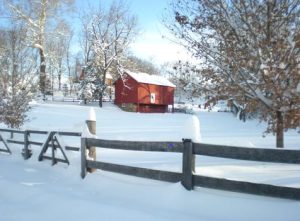 I wonder if our friends in the United States have enjoyed their numerous sleigh-rides this winter more than we did our
I wonder if our friends in the United States have enjoyed their numerous sleigh-rides this winter more than we did our 